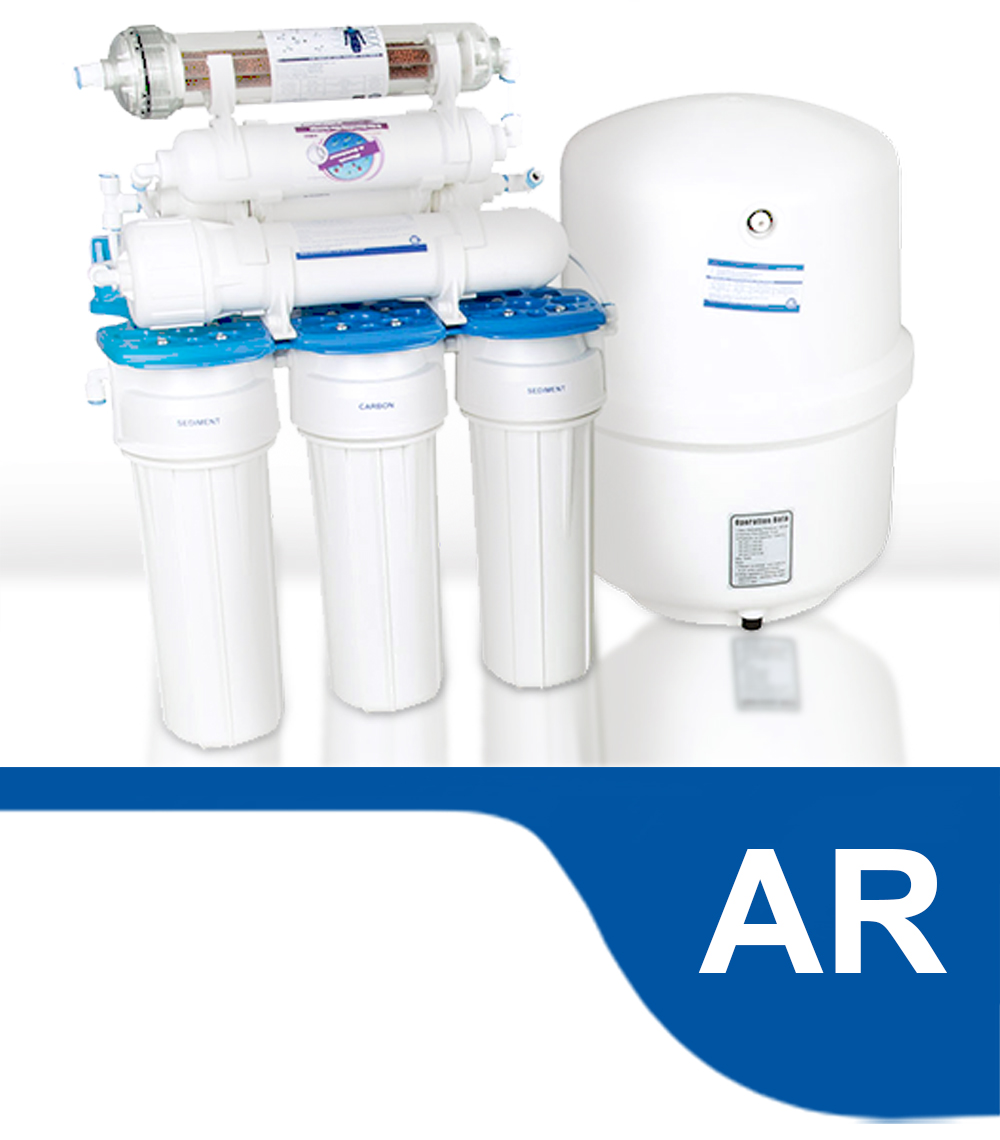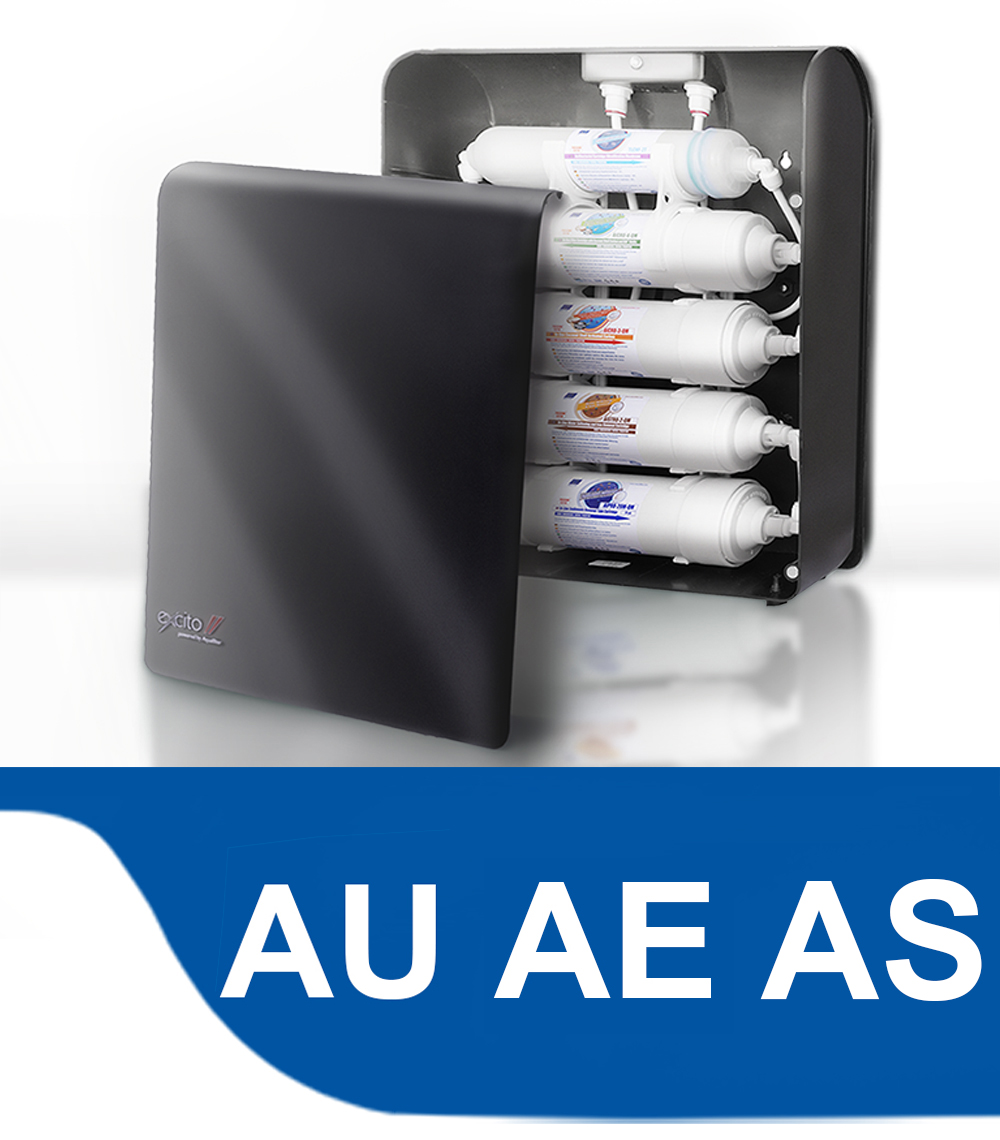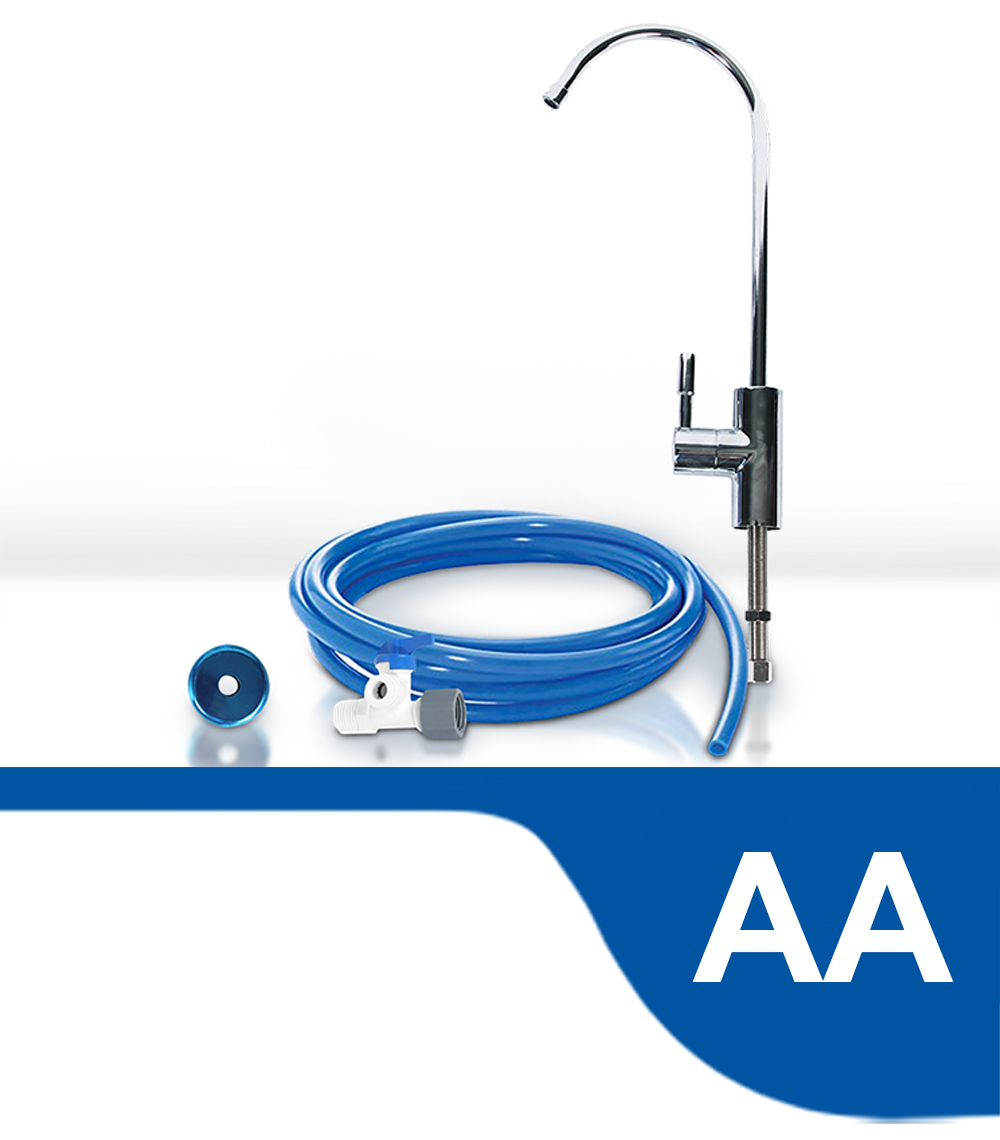1) Installation of the system should be made by a specialized hydraulic service. The manufacturer is not liable for damages resulting from improper installation or use of the system.
2) The installation of the device and all connections should be carried out in accordance with applicable standards and regulations.
3) Connect the softener to the main water supply pipe from the water heater. TO softeners DO NOT WARM WATER.
4) Equipment shall not be installed closer than 3 meters from the water outlet of the device and the water supply to water heater, they can move backward heat pipe cold water control valve (head). Hot water can severely damage the device.
5) The temperature of the water flowing through the device cannot exceed 40 ° C.
6) The device must be installed in a place where the temperature is above 4 º C and which is not exposed to the elements. WARNING! Temperature below freezing could destroy or damage the device
. 7) Do not install near sources of acid fumes.
8) It should not be exposed to petroleum compounds.
9) For sealing threads should not be used tow, paint or other sealants of this type. Should be used to seal only Teflon tape.
10) Do not expose the softener to a strong source of heat, sunlight, frost and moisture.
11) Strait of feed water must be within the limits described in the instructions for installation of the system.
12) It is forbidden to placing the device in supine position during transport, installation or use. Failure to follow instructions may damage the system or its components.
13) The device must be handled very carefully. Do not rotate upside down, do not drag on the floor, do not put on surfaces with sharp edges.
14) In order to connect the device to be applied to the current supplied with the unit transformer. To protect against humidity, the transformer and the power socket must be located inside the room. The transformer must be connected only to a socket inside the room with a voltage of 230V / 50Hz.
15) Softener must be continuously connected to a power source (except for maintenance).
16) When any preservative operations, disconnect the power supply plasticizer.
17) In the event of a failure of the transformer, you should immediately disconnect the unit from the main power source, then disconnect the faulty transformer. Before you reboot, the transformer should be replaced with a new one.
18) hole to supplement the level of salt should always be closed - it can be opened only when servicing or during refueling and the level of salt.
19) For welded installations, connecting calls (bonding) should be made a way of fabric softener. Failure to do so may result in a product defect.
20) Use only Aquafilter ® brand salt tablet.
21) After installation of the device at least once a month to monitor water quality, to make sure the device is working properly.
22) Use only original replacement parts Aquafilter ®. If you use a different brand components manufacturer is not liable for incorrect operation of the system and for any damages associated with it.
23) Do not be applied to microbiologically contaminated water and of unknown origin.









